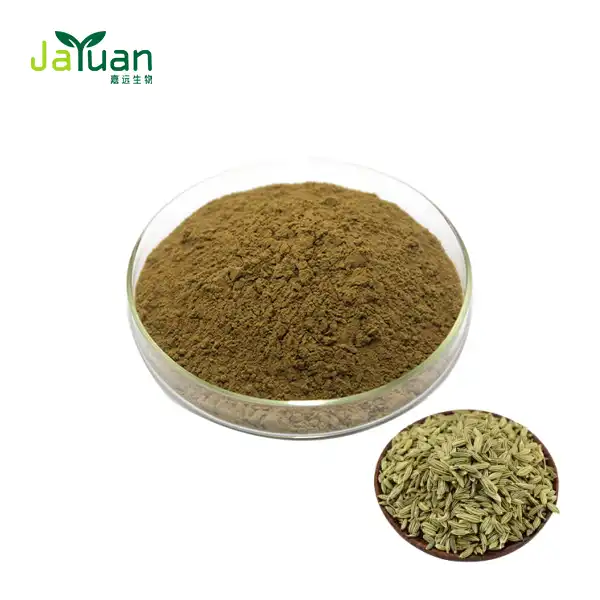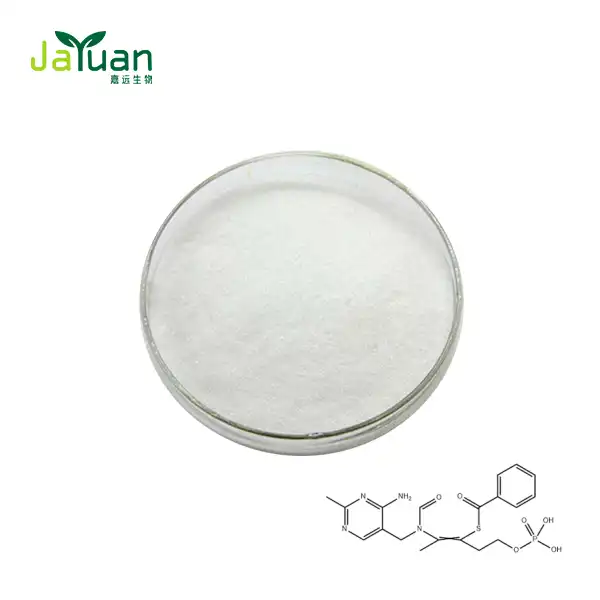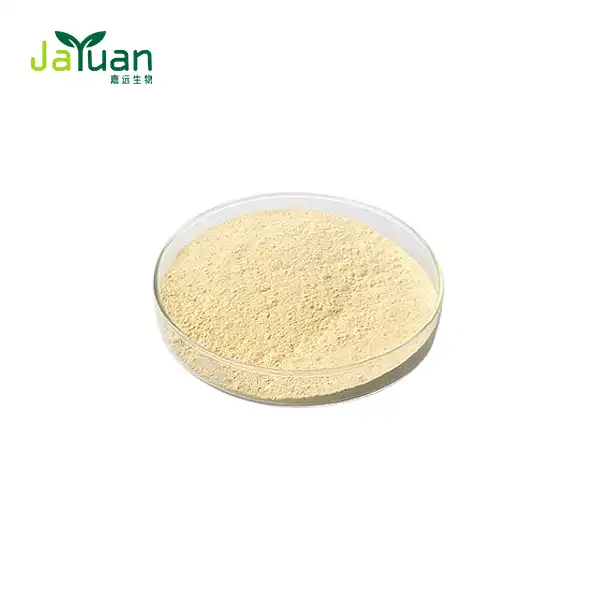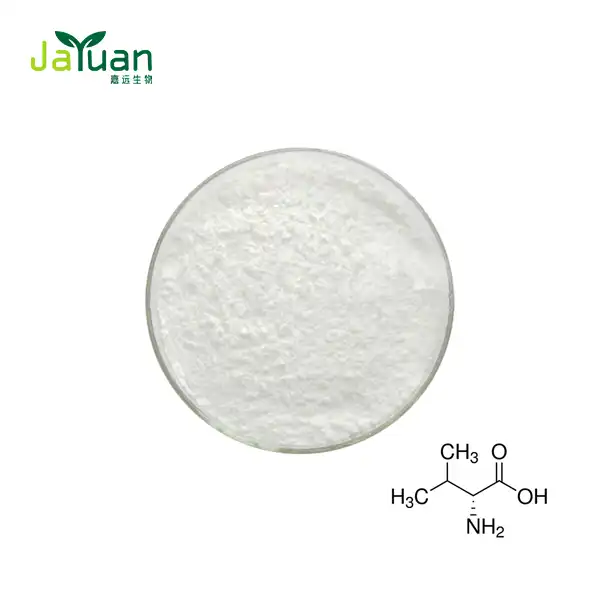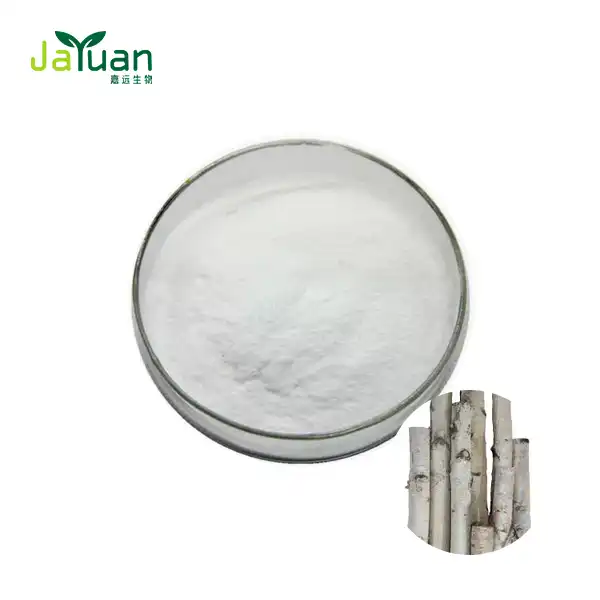Does Silymarin Protect Liver?
Introduction
Silymarin, a bioactive compound extracted from the milk thorn plant (Silybum marianum), has recently received a lot of attention, particularly due to the claims that it helps the liver function better. With a bunch of encounters laid out in standard drug, silymarin powder is presently a subject of wide consistent assessment, drawing interest from trained professionals and clinical consideration specialists the equivalent. But what does the research demonstrate? Does silymarin really protect the liver? In this article, we look at the current research on silymarin's efficacy and the scientific evidence for its role in liver health.
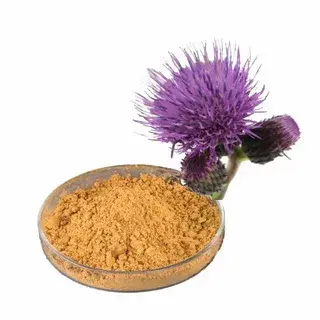
The fundamental constituents of silymarin are flavonolignans, including silybin, silydianin, and silychristin, which are known for areas of strength for them anticipation specialist and quieting properties. These properties are thought to be crucial in protecting liver cells from damage caused by toxins, oxidative stress, and inflammation. The liver, being a central organ in detoxification and processing, is persistently introduced to various horrendous substances, making it powerless to hurt. It is known that silymarin's ability to settle cell films and improve protein blend is entirely responsible for its hepatoprotective effects.
A couple of assessments have investigated the impact of silymarin on various liver conditions, similar to cirrhosis, hepatitis, and non-alcoholic oily liver infection (NAFLD). Research suggests that silymarin can additionally foster liver capacity markers, diminish hepatic disturbance, and, surprisingly, advance the recuperation of liver tissue. For instance, a review published in the journal "Phytotherapy Exploration" reported that silymarin-treated patients with ongoing liver disease showed significant improvements in liver compound levels, indicating less damage to the liver.
Furthermore, silymarin's cell reinforcement action is urgent in killing free revolutionaries and diminishing oxidative pressure, which is a significant reason for liver harm. By scavenging these harmful molecules, silymarin supports liver cell integrity and overall health. Its relieving influences further aide in diminishing bothering, which is routinely associated with liver disorders.
Lab research has revealed insight into the sub-atomic systems by which silymarin applies its belongings notwithstanding clinical preliminaries. Aggravation, apoptosis (modified cell demise), and cell endurance have all been demonstrated to be affected by it. These findings highlight a variety of theories regarding silymarin's liver defenses.
Despite the promising data, it is essential to acknowledge the limitations of current research. Although many studies support silymarin's beneficial effects, some have shown mixed results, and larger, well-planned clinical trials are still needed to confirm its viability and health benefits. Furthermore, silymarin's helpful impacts might be impacted by varieties in its bioavailability, which is a proportion of how well it is retained and used by the body.
In conclusion, the antioxidant and anti-inflammatory properties of milk thistle seed-derived silymarin lend credence to its potential benefits for liver health. Current coherent confirmation suggests that it can help with shielding the liver from hurt, work on liver ability, and sponsorship the recuperation of liver tissue. Albeit the starter results are empowering, more examination is expected to completely appreciate its adequacy and boost its application in clinical practice. So, before taking silymarin supplements, people should talk to their doctors and other medical professionals to make sure they are suitable for their specific health conditions and needs.
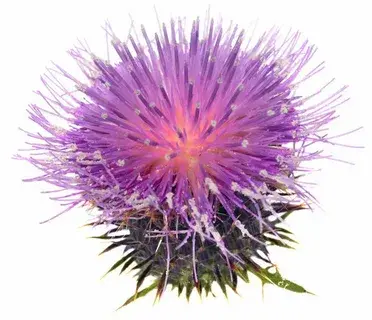
What is Silymarin Powder and How Does it Work?
The solid cell support and quieting properties of silymarin powder, a significantly engaged sort of silymarin got from the milk thistle plant (Silybum marianum), are striking. This bioactive flavonoid complex's various components, such as silybin, silychristin, and silydianin, all contribute to its rejuvenating properties. Silymarin's ability to protect liver cells from damage caused by toxins and oxidative stress has been the focus of extensive research into its hepatoprotective effects.
Silymarin's cancer-preventive properties, which are linked to liver cell damage and irritation, make it a popular free extreme scrounger. Silymarin keeps up with the essential genuineness of liver cells and supports their overall capacity by taking out these damaging particles. Additionally, its anti-inflammatory properties aid in the reduction of liver inflammation, which is common in a variety of hepatic conditions.
The influence that silymarin has on the liver's strength has been the subject of numerous studies. In conditions like cirrhosis, hepatitis, and non-alcoholic greasy liver sickness (NAFLD), the discoveries show that silymarin can lessen liver harm and further develop liver capability markers. Silymarin plays a crucial role in liver health and recovery by enhancing protein synthesis, stabilizing cell membranes, and preserving the integrity of liver tissue.
It has been demonstrated that the numerous mechanisms of action of silymarin can restore equilibrium at the subatomic level to flaring pathways involved in cell endurance, apoptosis, and irritation. These atomic collaborations reveal the intricate protective effects of silymarin on the liver as well as its useful potential.
Silymarin's hepatoprotective properties are supported by existing research; however, more research is required, particularly in large-scale clinical trials. Factors like bioavailability, segment progress, and significant length security thoughts warrant careful plan to grow the plausibility of silymarin supplementation in clinical settings.
Due to its concentrated plan of valuable mixtures, silymarin powder is a promising regular remedy for supporting liver health and combating liver-related problems. An appealing option for people who want to maintain and protect their liver capacity due to its cancer prevention, reducing, and regenerative properties. However, in order to fully comprehend the extent of silymarin's therapeutic benefits and facilitate its application for worked-on liver success, advanced testing is essential.
What Are the Benefits of Using Silymarin Powder for Liver Health?
The utilization of silymarin powder is constantly connected with two or three expected benefits for liver thriving. These include:
Safety for the Liver: Silymarin is thought to aid in the regeneration of damaged liver tissue by encouraging protein synthesis and strengthening the membranes of liver cells.
Features of cell reinforcement: Silymarin, a potent cancer preventative, prevents liver cell oxidative stress by killing free radicals that can harm cells.
Properties that reduce irritation: Silymarin has been displayed to have quieting impacts, which could assist with mitigating liver distress brought about by different liver circumstances.
Support for Detoxification: According to some studies, silymarin may help the liver's detoxification pathways remove toxins from the body.
In spite of the way that these benefits sound promising, exhaustive consistent assessment is supposed to choose how strong silymarin is in clinical settings.
What Does the Research Say About Silymarin's Effectiveness in Liver Diseases?
The effectiveness of silymarin in treating liver diseases has been the subject of mixed research. Coming up next are a few critical discoveries from ongoing examinations:
Liver Cirrhosis: Studies have demonstrated that silymarin improves the quality of life and liver function tests of cirrhosis patients. Applying its assets by diminishing fibrosis and disturbance in the liver is acknowledged.
Sickness of the Greasy Liver (NAFLD): Silymarin's ability to lessen NAFLD-related liver damage has been studied. Some studies suggest that it may decrease liver fat accumulation and increase liver enzyme levels, despite the inconclusive findings.
Viral Hepatitis: Clashing outcomes have been found in examinations in regards to silymarin's viability in treating viral hepatitis, like hepatitis B and C. While certain examinations demonstrate that it might uphold liver capability and have antiviral properties, others have tracked down no critical advantages.
For the most part, while silymarin shows ensure in protecting liver prosperity and supporting liver ability, every one of the more phenomenal clinical starters are supposed to spread out its ampleness and optimal medicinal use in different liver conditions.
Conclusion
All in all, in spite of the fact that silymarin powder is promising as an enhancement for liver security and backing, more careful clinical preliminaries are expected to decide its exact viability. Proceeded with research and logical investigation are expected to fathom the full extent of silymarin's advantages and the best application for different liver circumstances.
References
- Phytotherapy Research: Loguercio, C., & Festi, D. (2011). "Silybin and the liver: From basic research to clinical practice." Phytotherapy Research, 25(9), 1163-1171. doi: 10.1002/ptr.3492.
- Journal of Clinical Gastroenterology: Pradhan, S. C., & Girish, C. (2006). "Hepatoprotective herbal drug, silymarin from experimental pharmacology to clinical medicine." Journal of Clinical Gastroenterology, 40(8), 527-536. doi: 10.1097/01.mcg.0000225557.83370.85.
- Journal of Gastroenterology and Hepatology: Polyak, S. J., Oberlies, N. H., Pecheur, E. I., Dahari, H., Ferenci, P., & Pawlotsky, J. M. (2013). "Silymarin for HCV infection." Journal of Gastroenterology and Hepatology, 28(Suppl 1), 112-117. doi: 10.1111/jgh.12226.
- American Journal of Gastroenterology: Rambaldi, A., Jacobs, B. P., Iaquinto, G., Gluud, C. (2005). "Milk thistle for alcoholic and/or hepatitis B or C virus liver diseases." American Journal of Gastroenterology, 100(11), 2583-2591. doi: 10.1111/j.1572-0241.2005.00263.x.
- Journal of Medicinal Food: Rainone, F. (2005). "Milk thistle." Journal of Medicinal Food, 8(2), 210-219. doi: 10.1089/jmf.2005.8.210.

